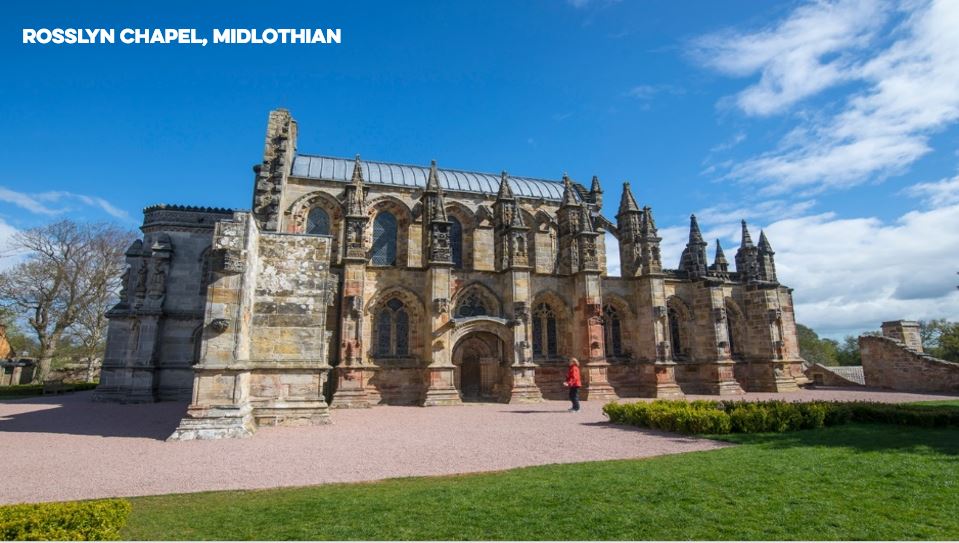
1. Mary King's Close
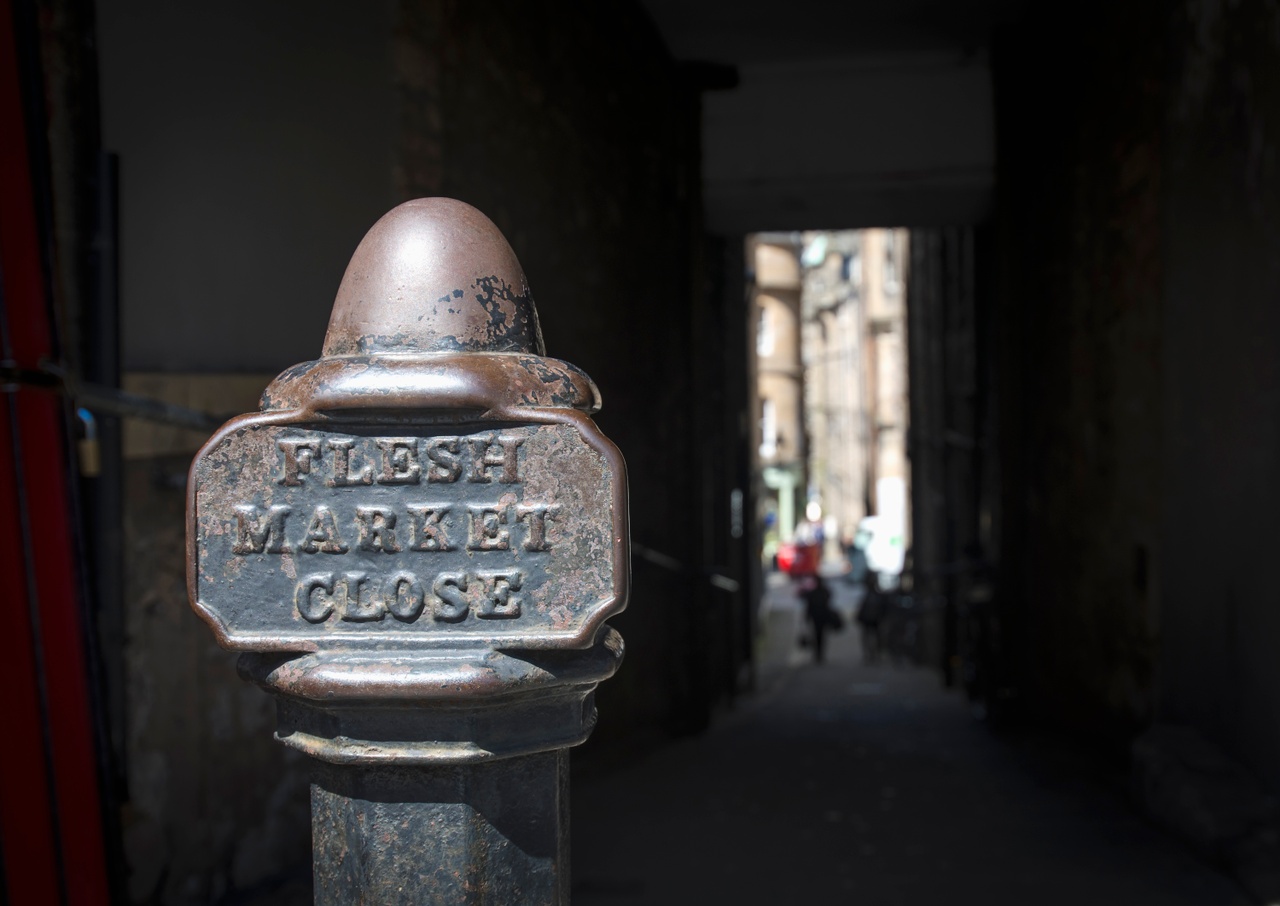
Location: The Royal Mile, Edinburgh
Mary King's Close, in Edinburgh, is also known as 'Scotland's Spookiest Street' and is one of the many dark and mysterious lanes leading off Edinburgh's Royal Mile - which is the street leading from Edinburgh Castle to the Palace of Holyroodhouse. Mary King's Close was bricked up during an outbreak of the plague and only recently re-opened. Said to be the most haunted place in the Scottish capital, the spirit of a young girl has often been seen. Guided tours will take you to the close, Greyfriars cemetery, and to the place where body snatchers Burke and Hare first dug up corpses to sell for use in medical experiments.
2. Rosslyn Chapel
Location: Roslin, Midlothian
Made famous by the novel and movie 'The Da Vinci Code', this working church was built for the Sinclair family in the fifteenth century. It’s alleged that ghostly flames flicker in the burial vault of the chapel whenever one of the Sinclair's is about to die. What’s more, an apparition of the apprentice who carved the famous Apprentice Pillar and was then murdered by his teacher, can sometimes be seen or heard wandering through the building.
3. Stirling Castle
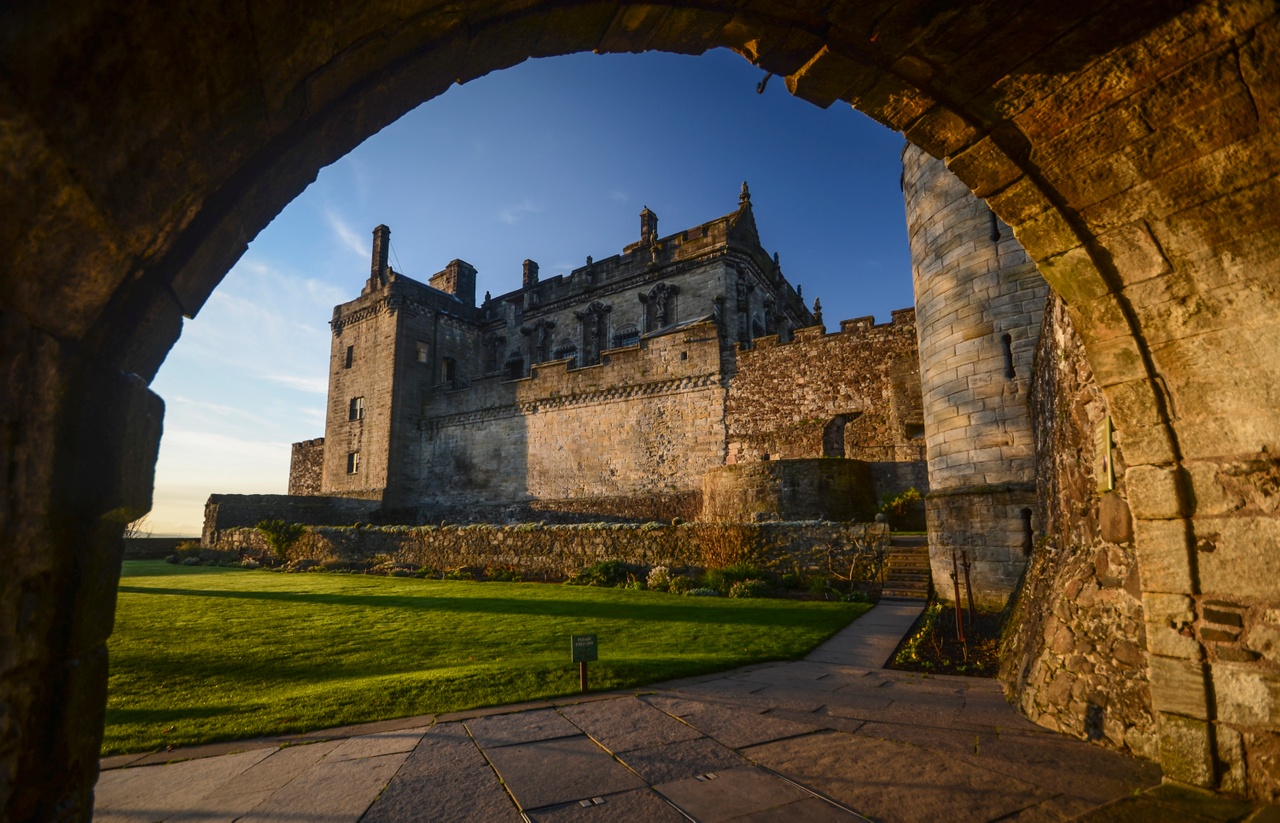
Location: Stirling
Some ghost stories are clear, others are shrouded in mystery. The Pink Lady falls into the latter category. Some say she was a pretty noblewoman engaged to a brave knight who starved to death inside Stirling Castle during the Wars of Independence. She in turn died, not from malnourishment but from the pain of a broken heart. Others say she is Mary Witherspoon, a victim of Grave Robbers who sold bodies to educated men for dissection. While the robbers were brought to justice her ghost still seeks her mortal remains. People report a faint scent of rose-blossom in the air before she appears, her favourite flower.
4. Fyvie Castle
.jpg)
Location: Fyvie, Aberdeenshire
Just north of Aberdeen, this castle is haunted by the spectre of Lilias Drummond who died there in 1601. Some believe she was starved to death by her husband, others say that she died from a broken heart. It’s said that Lilias's ghost carved her name on the stone window sill of her husband's bedroom on the night that he took a new bride. The writing can still be seen and the green-ghost of Lilias appears when time bodes ill for the owners of Fyvie. A dead drummer and a haunted trumpeter are also believed to haunt the Castle, with the trumpet sounding when death is near.
5. Cruden Bay
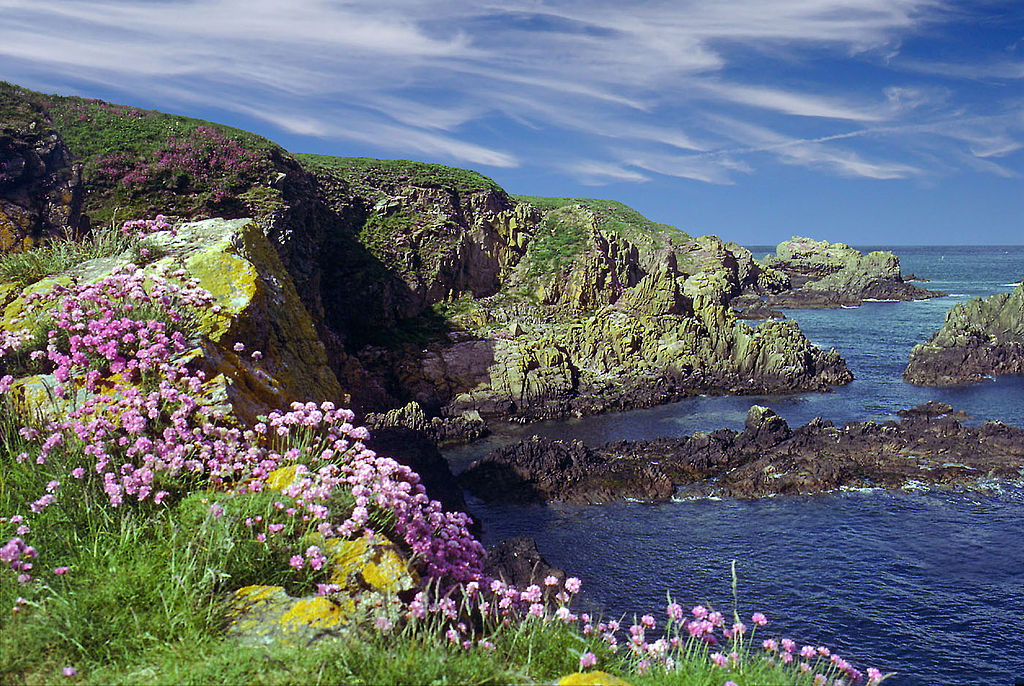
Location: Cruden Bay, Aberdeenshire
On the Aberdeenshire coast and to the east of Fyvie, Cruden Bay is a pleasant looking fishing village. It is also the site of a battle in which the Scots under Kind Malcolm II defeated the Danes. But in the 19th century it was the holiday haunt of Bram Stoker, the Irish author of Dracula. The ruins of Slains Castle, which drape murkily down from the headland inspired Stoker’s vision of Count Dracula's Castle. The Kilmarnock Arms Inn, where Stoker stayed in 1895, is still there. Would you risk a visit to the place where the most infamous vampire ever was incarnated?
6. Cawdor Castle
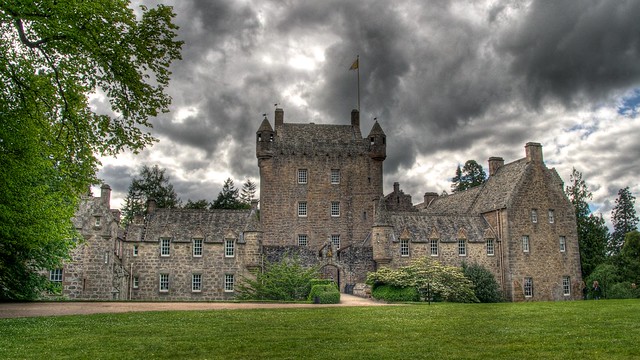
Location: Cawdor, Nairnshire
Cawdor’s ghost is thought to be the daughter of the Earl of Cawdor. A wayward lass who insulted her father by flattering an enemy chieftain's son. When the Earl discovered their tryst, she fled to the highest tower of the castle as he followed in murderous pursuit. She lowered herself from the window to escape the threats of her father, but he showed no mercy and chopped off her hands, sending her to her death. Visitors have reported seeing the ghost of this handless girl still roaming the castle.
7. Dunstaffnage Castle
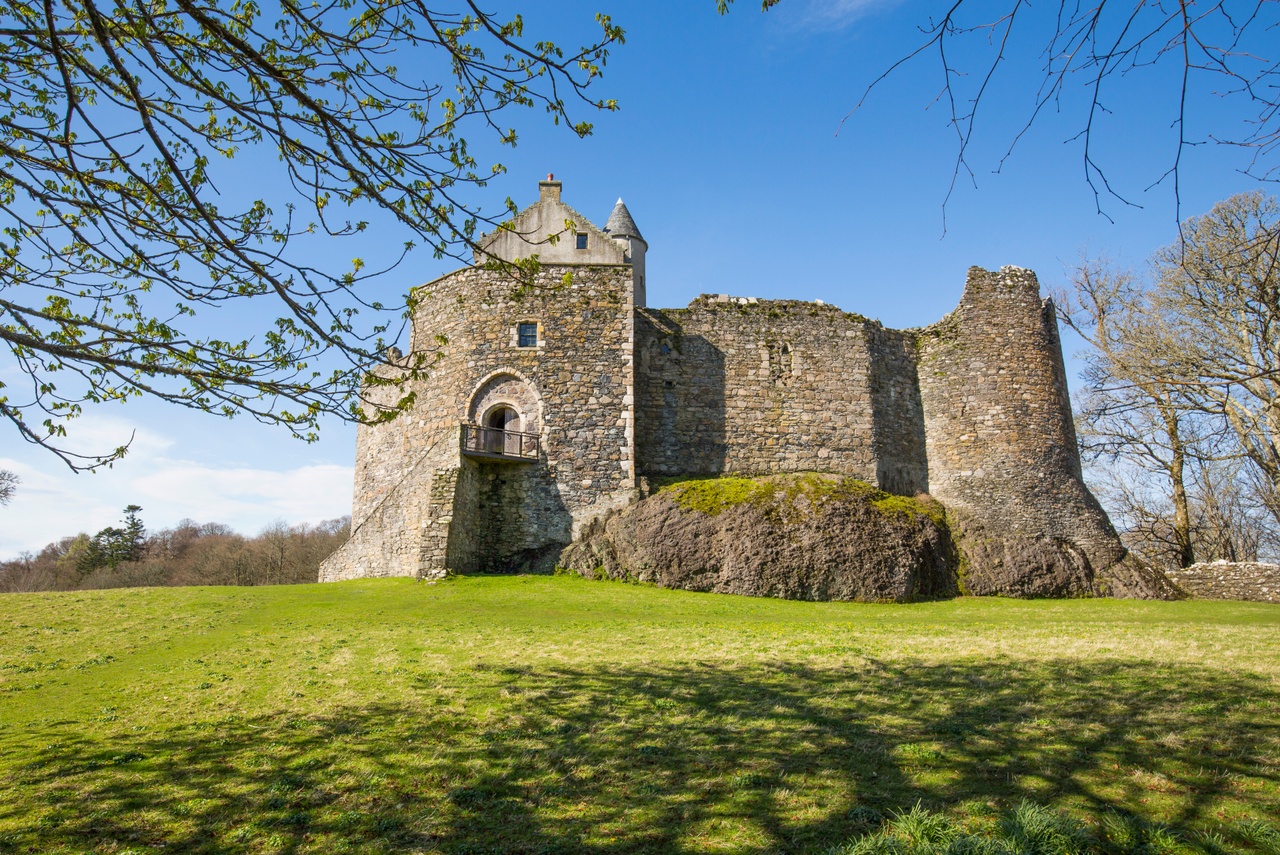
Location: Dunbeg, Argylle and Bute
On the west coast of Scotland, close to the town of Oban, the castle has been besieged and rebuilt many times. It was visited by Robert the Bruce, King James IV and Flora Macdonald, who was imprisoned at Dunstaffnage after helping Bonnie Prince Charlie escape Scotland following the Battle of Culloden. A lady dressed in green walks the ramparts when momentous events are about to unfold for the castle owners, Clan Campbell. When smiling the fortune will be good. But if she is seen weeping, trouble lies ahead.
8. Abbotsford House
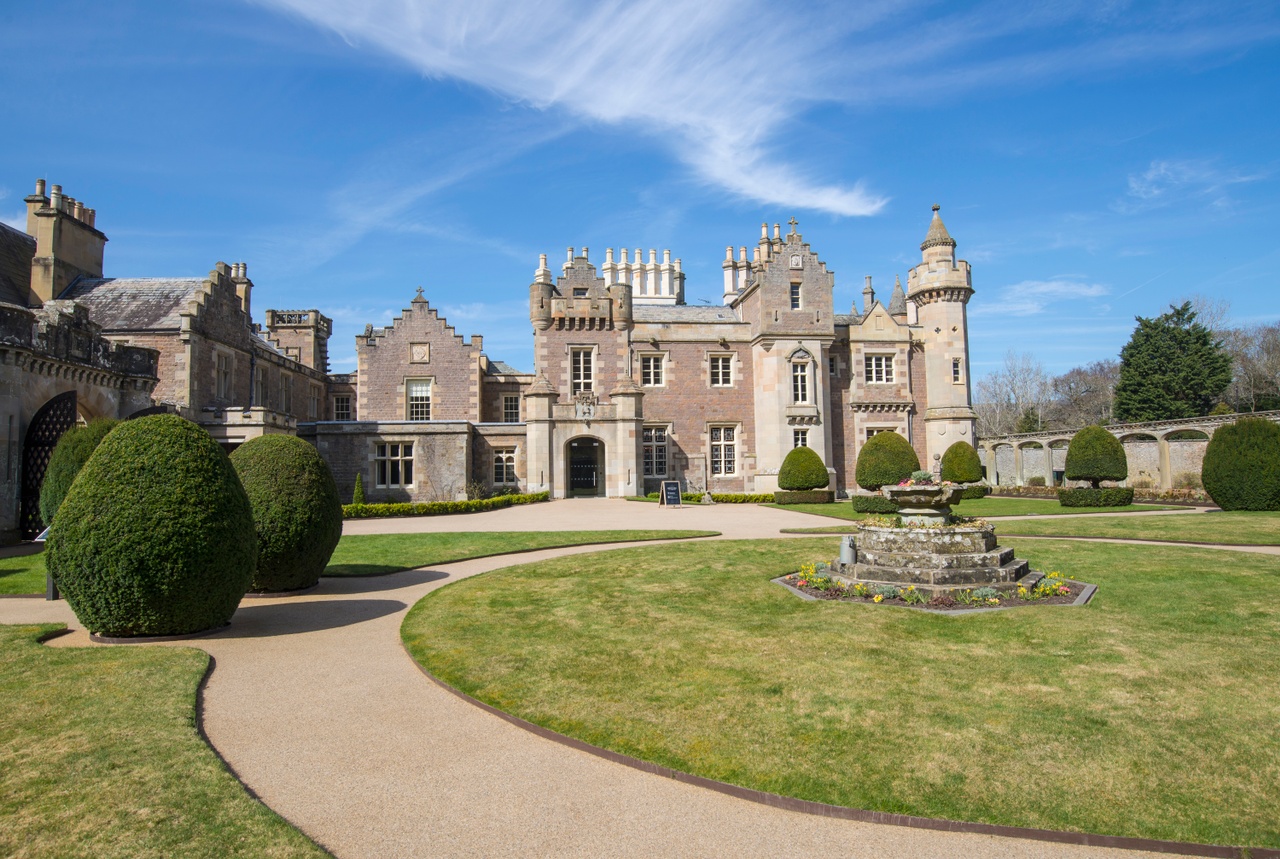
Location: Melrose, Roxburghshire
Abbotsford House in the Borders, was the home of Scottish novelist Sir Walter Scott, author of The Lady of the Lake and Rob Roy. Nowadays, the house is now a Grade A listed building, and the estate is listed in the Inventory of Gardens and Designed Landscapes in Scotland. When you visit you can walk his library and even sit in his dining room. Be careful though. That’s where the great man died after exhausting himself writing in an attempt to pay off huge debts. Might you catch a glimpse of his ghost?
9. Culloden Moor
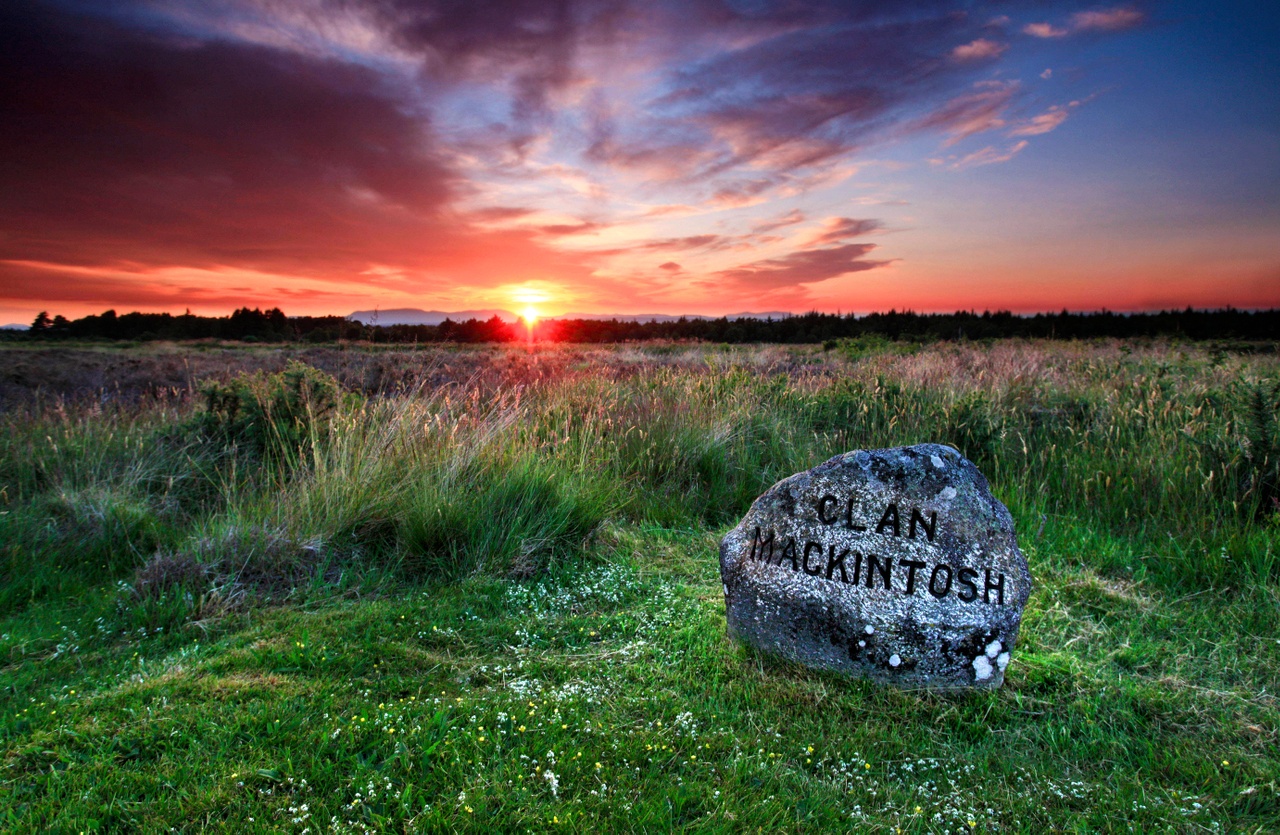
Location: Culloden Moor, Inverness
It was here on a windswept patch of ground near Inverness that Bonnie Prince Charlie's rebel army was crushed by government troops in 1746. The Prince's army was made up of Scottish clans like the Stuarts, the Macdonalds and the Frasers. Many were slaughtered after the battle was over. Now, cairns, or rock monuments, stand where these men died. Visitors claim visions of the battle and many have seen apparitions at the memorial cairns of the men who died. A refurbished visitor centre is open all year round.
10. Edinburgh Castle
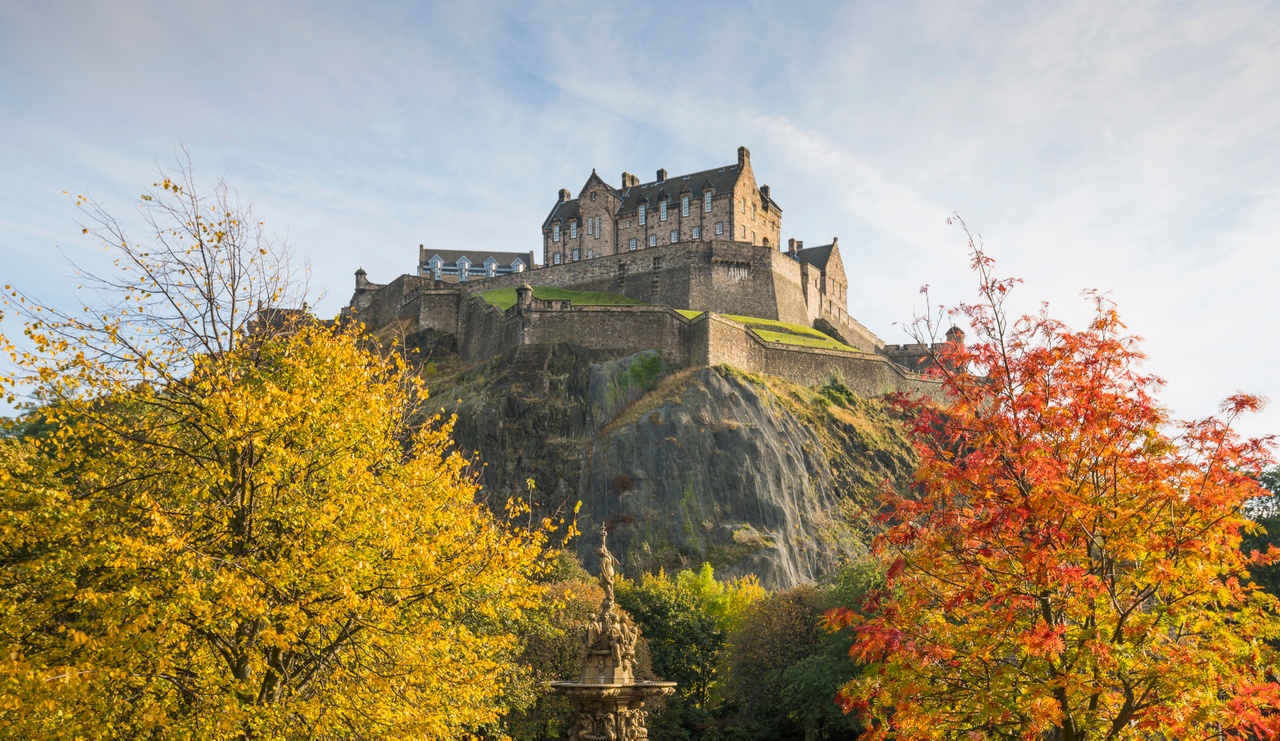
Location: Edinburgh
The castle has a long and bloody history and is reputed to be haunted by many ghosts, including that of a headless drummer boy. His appearance is said to be a warning that the castle is about to be besieged and was first seen in 1650 before Oliver Cromwell and his English army attacked. The castle is now a major tourist venue, with the Royal Military Tattoo being held there each year. It’s also home to the Scottish crown jewels and the Stone of Destiny, an ancient rock on which the Kings of Scots were crowned.
11. Overton Bridge
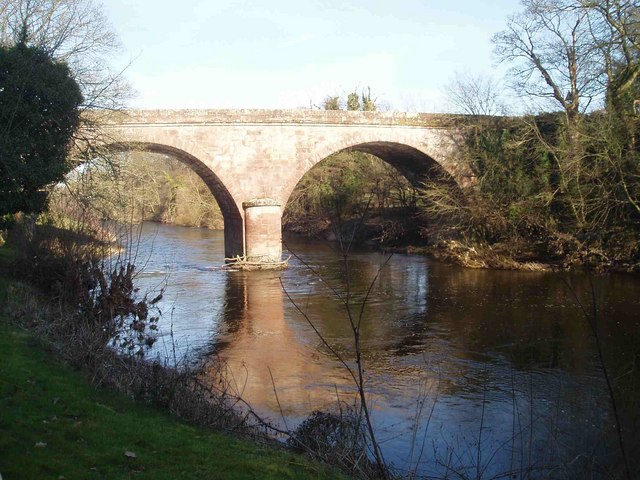
Location: Dumbarton, West Dumbartonshire
A modern-day mystery, the Overton Bridge in West Dunbartonshire has been the site of many unexplained dog suicides. The dogs are reported to take the plunge from exact same spot on the same side of the bridge. Some think the problem lies with mink trails leading over the side of the bridge. However, in Celtic beliefs Overton Bridge is called a "thin place" where the realms of the living and the dead cross. Others believe that dogs are super sensitive to the spirits and spooked enough by the bridge to take their own lives.
